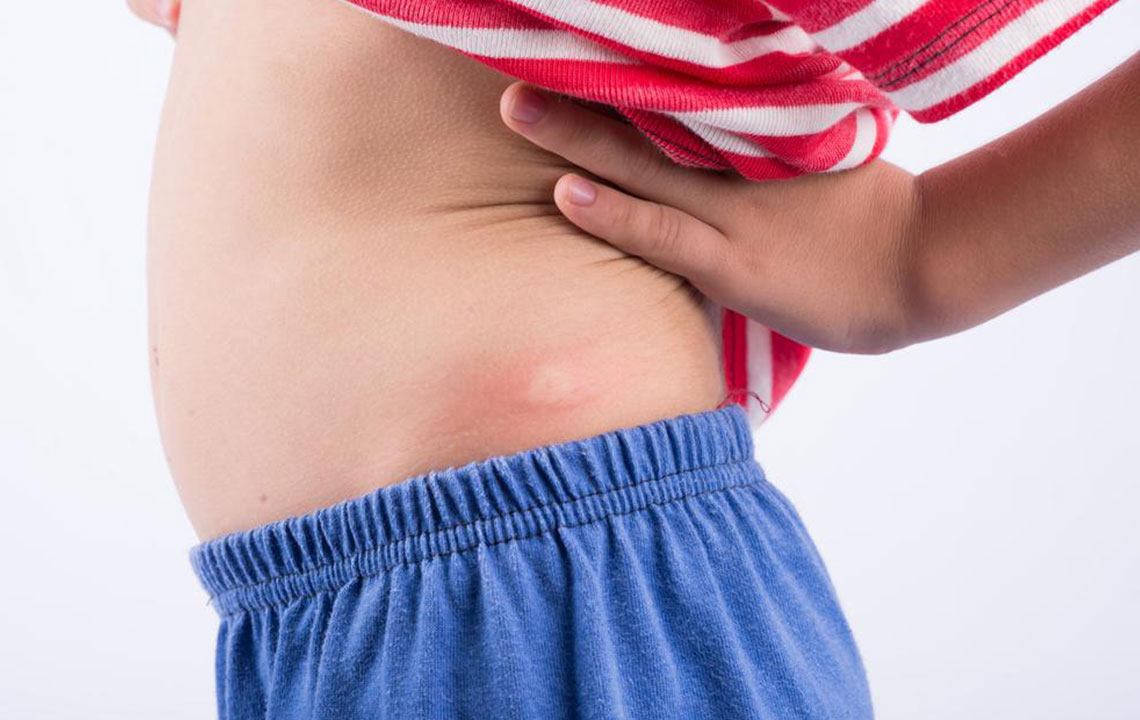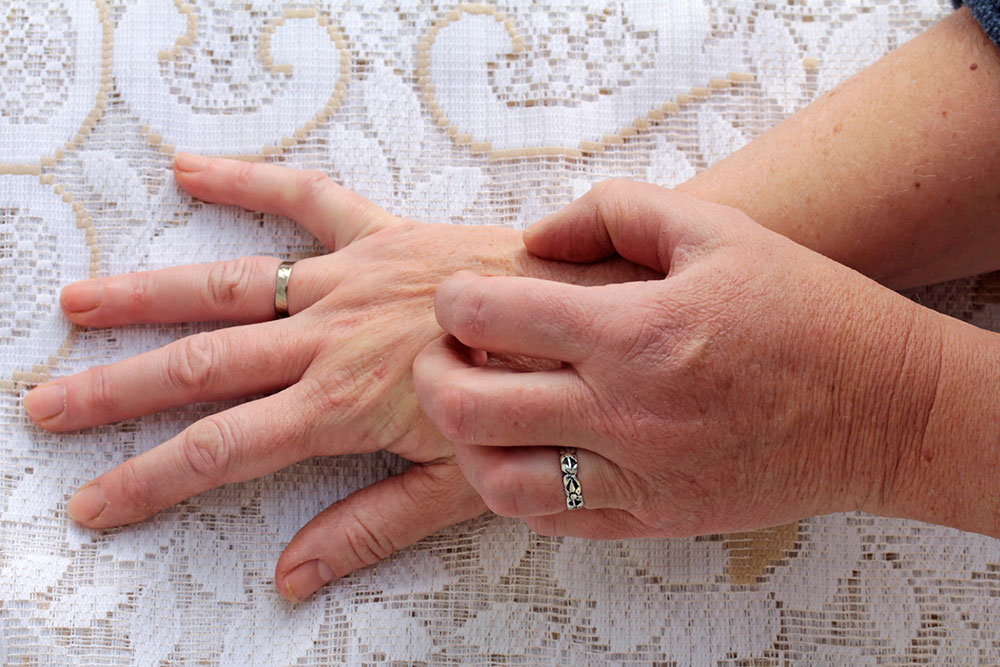Essential Insights into Managing Hidradenitis Suppurativa
Discover vital information about hidradenitis suppurativa, including symptoms, causes, diagnosis, and treatment strategies. Learn how lifestyle changes and prompt medical care can help manage this chronic skin condition effectively to improve quality of life.

Essential Insights into Managing Hidradenitis Suppurativa
Hidradenitis suppurativa (HS) is a chronic skin condition characterized by painful lumps forming under the skin, primarily in areas rich in sweat glands. While no permanent cure exists yet, treatments combined with lifestyle adjustments can provide significant relief and decrease flare-ups.
This condition typically affects regions like the armpits, groin, and between the buttocks, where apocrine glands are located. It can also occur in skin areas prone to friction, such as under the breasts or between the thighs.
When these lumps rupture, they often leave scars, requiring prompt treatment to prevent recurrent infections. HS persists for a long time and can impact mental health. Support from family, friends, or support groups can be vital, as skin issues are both physically and emotionally challenging.
While the exact cause remains unknown, HS appears to stem from blocked sweat glands. Symptoms usually emerge in adolescence or early adulthood and are more prevalent among women, smokers, and individuals with excess weight. Genetics may play a role, as many sufferers have relatives with similar issues. Importantly, HS is not caused by shaving, powders, deodorants, nor is it contagious.
Signs and Symptoms:The earliest symptom is a painful, inflamed bump that can last days or months, often recurring in the same area. These may evolve into abscesses filled with pus, which emit foul odor upon rupture. Deep scars and sinus tracts may develop, creating tunnels underneath the skin. Symptoms can flare unpredictably, sometimes resolving on their own.
Diagnosis: Medical professionals typically examine affected skin, assess symptoms duration, and inquire about medical history. Pus samples may be taken to rule out other infections. Diagnosis is primarily clinical, with lab tests used selectively.
Treatment Options: Management depends on severity. Mild cases may respond to warm compresses, OTC NSAIDs, and antibiotics. Severe cases might require advanced therapies, including surgical intervention. Lifestyle modifications, such as weight management and quitting smoking, can enhance treatment success.
Questions for Your Healthcare Provider: Patients should ask about disease severity, suitable treatments, medication side effects, necessity of surgery, and lifestyle changes including weight loss. Early intervention and managing triggers are key to controlling HS effectively.










